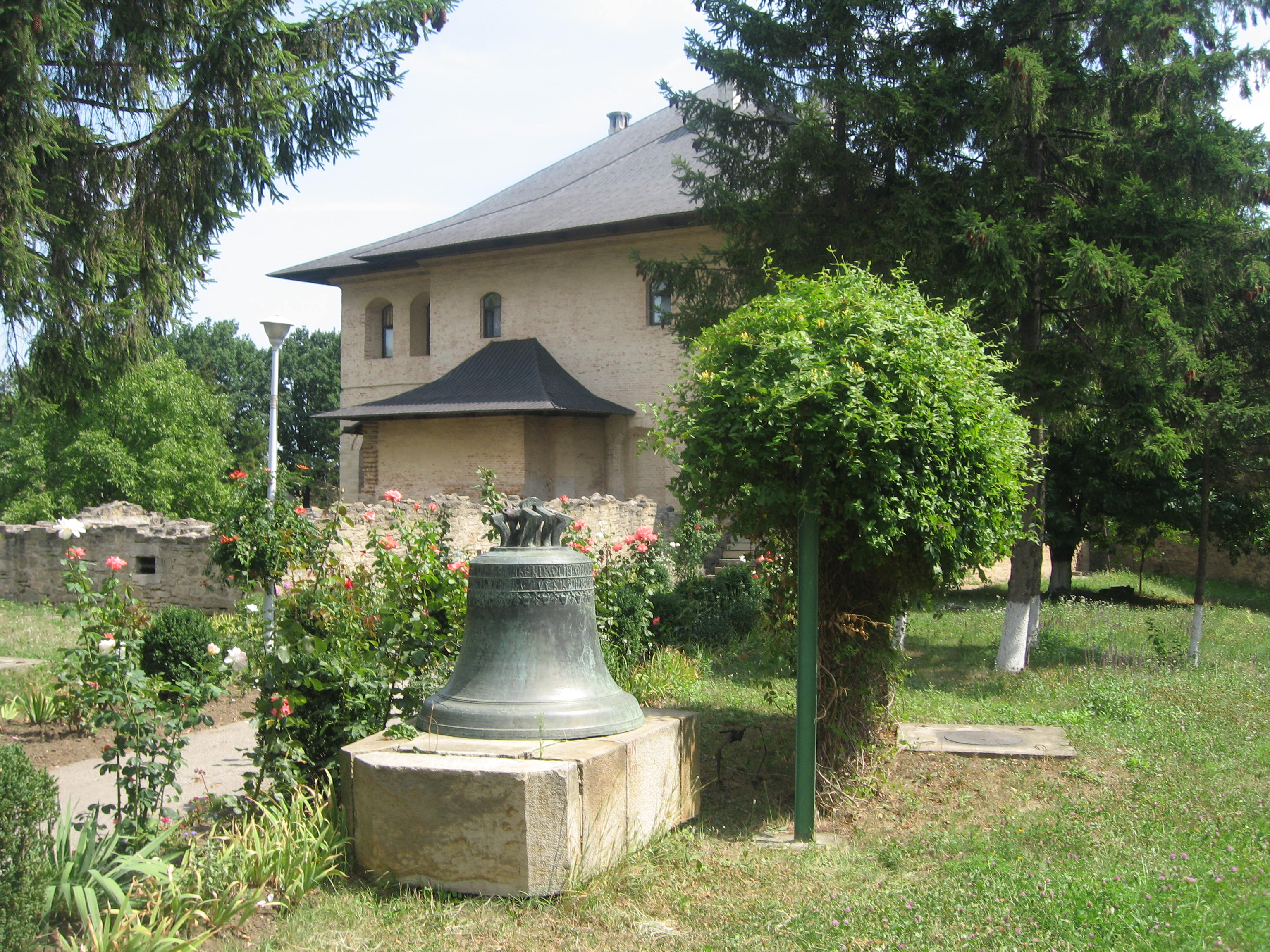Galata Monastery on:
[Wikipedia]
[Google]
[Amazon]
The Galata Monastery () is a The Romanian Register of Historical Monuments in Iași County
/ref> and consists of the following four buildings: * Church "Resurrection" – dating from the period 1582–1583. * Prince's Palace – dating back to 1726–1728. * The bell tower – dating back to 1584. * The fortified wall – dating from 1584.

Churches and monasteries in Iași
at Iași City Hall website {{Iași Landmarks Historic monuments in Iași County Romanian Orthodox churches in Iași Romanian Orthodox monasteries of Iași County Christian monasteries established in the 16th century 16th-century Romanian Orthodox monasteries
Romanian Orthodox
The Romanian Orthodox Church (ROC; , ), or Romanian Patriarchate, is an autocephalous Eastern Orthodox church in full communion with other Eastern Orthodox Christian churches, and one of the nine patriarchates in the Eastern Orthodox Church. S ...
monastery
A monastery is a building or complex of buildings comprising the domestic quarters and workplaces of Monasticism, monastics, monks or nuns, whether living in Cenobitic monasticism, communities or alone (hermits). A monastery generally includes a ...
for nuns, founded at the end of the sixteenth century by Moldavia
Moldavia (, or ; in Romanian Cyrillic alphabet, Romanian Cyrillic: or ) is a historical region and former principality in Eastern Europe, corresponding to the territory between the Eastern Carpathians and the Dniester River. An initially in ...
n Voivode
Voivode ( ), also spelled voivod, voievod or voevod and also known as vaivode ( ), voivoda, vojvoda, vaivada or wojewoda, is a title denoting a military leader or warlord in Central, Southeastern and Eastern Europe in use since the Early Mid ...
Petru Șchiopul, in the west of Iași
Iași ( , , ; also known by other #Etymology and names, alternative names), also referred to mostly historically as Jassy ( , ), is the Cities in Romania, third largest city in Romania and the seat of Iași County. Located in the historical ...
, Romania
Romania is a country located at the crossroads of Central Europe, Central, Eastern Europe, Eastern and Southeast Europe. It borders Ukraine to the north and east, Hungary to the west, Serbia to the southwest, Bulgaria to the south, Moldova to ...
. The monastery is located on the top of Galata Hill and can be easily observed from different locations of Iași. The church, surrounded by walls with loopholes and provided with a bell tower at the entrance, looks like a fortress, often serving as a place of defense and sometimes as a royal residence. Near the church on the hill are places that provide panoramic views over the city.
The Galata Monastery is listed in the National Register of Historic Monuments/ref> and consists of the following four buildings: * Church "Resurrection" – dating from the period 1582–1583. * Prince's Palace – dating back to 1726–1728. * The bell tower – dating back to 1584. * The fortified wall – dating from 1584.
History

Galata from the Valley (Galata din Vale)
Before building the existing monastery, Voivode Petru Șchiopul founded a monastery, named Galata from the Valley. Its name comes from the neighborhood with the same name fromConstantinople
Constantinople (#Names of Constantinople, see other names) was a historical city located on the Bosporus that served as the capital of the Roman Empire, Roman, Byzantine Empire, Byzantine, Latin Empire, Latin, and Ottoman Empire, Ottoman empire ...
(today's Istanbul
Istanbul is the List of largest cities and towns in Turkey, largest city in Turkey, constituting the country's economic, cultural, and historical heart. With Demographics of Istanbul, a population over , it is home to 18% of the Demographics ...
), where Romanian rulers used to find shelter when they went to the Sublime Porte
The Sublime Porte, also known as the Ottoman Porte or High Porte ( or ''Babıali''; ), was a synecdoche or metaphor used to refer collectively to the central government of the Ottoman Empire in Istanbul. It is particularly referred to the buildi ...
.
In the summer of 1577, in its first reign, the Voivode sent a letter to the leaders of Bistrița
(; , archaic , Transylvanian Saxon: , ) is the capital city of Bistrița-Năsăud County, in northern Transylvania, Romania. It is situated on the Bistrița River. The city has a population of 78,877 inhabitants as of 2021 and administers s ...
in which he requested specialists in construction, being dissatisfied by the Moldavian constructors. Therefore, it can be concluded that the construction of the monastery began in autumn 1577. It is assumed that the monastery consecration ceremony took place before February 22, 1578, when the ruler and the metropolitan bishops have constituted its main patrimony. The chronicler Grigore Ureche
Grigore Ureche (; 1590–1647) was a Moldavian chronicler who wrote on Moldavian history in his ''Letopisețul Țării Moldovei'' ('' Chronicles of the Land of Moldavia''), covering the period from 1359 to 1594.
Biography
Grigore Ureche was th ...
also wrote in his books about the foundation of the monastery in 1578.
Unfortunately, given the fact that land on which was situated was unstable, the monastery walls were crumbling. The bell from the old church still resist in the yard of the existing monastery.
Monastery Foundation
Following the demolition of the first church, the Voivode founded a second church on a hill near the city, overlooking the Nicolina River valley. The church (which has been dedicated to "Resurrection" and was known as the "Galata of the Hill") was built between 1582 and 1584 and was consecrated in 1584.References
External links
Churches and monasteries in Iași
at Iași City Hall website {{Iași Landmarks Historic monuments in Iași County Romanian Orthodox churches in Iași Romanian Orthodox monasteries of Iași County Christian monasteries established in the 16th century 16th-century Romanian Orthodox monasteries